A Dalkey house with a secret picture-postcard garden – a sheltered spot of lawn, lush plants, towering trees and a pond with a waterfall and granite outcrop – hidden at the end of a cul-de-sac off Harbour Road would come as a surprise to people who walk past it regularly on their way from Bulloch Harbour to Dalkey village. The garden, the creation of late businessman Sean Ó Brádaigh, who bought the property nearly 50 years ago, is pretty much completely hidden below a high stone wall beside the Harbour Road pavement.
The children who grew up in Inis Thoir used to get pocket money to clear brambles from the land, once a quarry from which stone was used to build nearby Bulloch Harbour at the end of the 19th century. Now Inis Thoir, Harbour Road, Dalkey, Co Dublin, a detached six-bedroom 190sq m (2,045sq ft) house on 0.6 hectares (1.44 acres), is being sold through Sherry FitzGerald for €1.95 million.
New owners are likely to completely revamp or even replace the house, a wide 1950s home that was designed to take in views of the garden, with the tower of St Patrick’s Church nearby rising up behind trees.
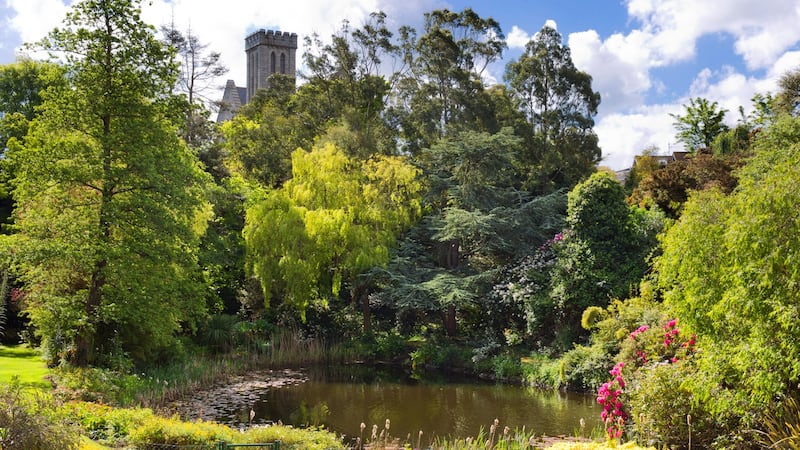
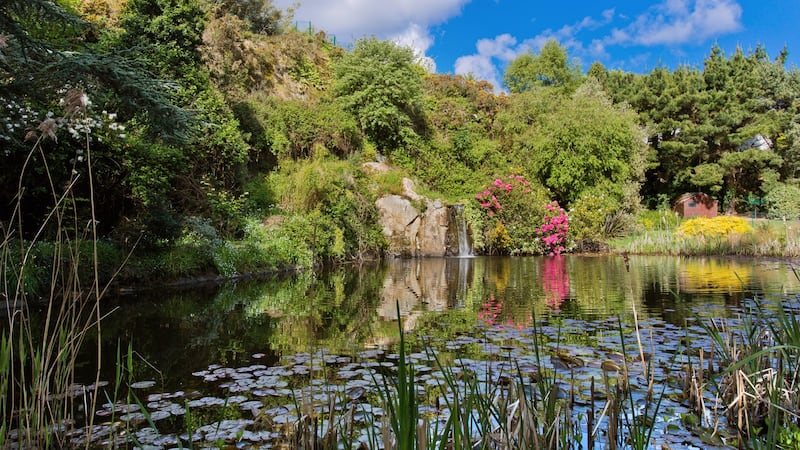
It’s also possible that developers may be interested in the property, which is very close to the controversial 0.56 hectare (1.4-acre) Bartra Capital site, where broadcaster and local resident Pat Kenny and his neighbours have so far succeeded in preventing development of a nursing home and an apartment scheme. Developer Francis Rhatigan’s Winterbrook is currently building a scheme of 94 apartments on the far side of St Patrick’s Church farther up Harbour Road.
Inis Thoir was originally the home of John Hinde, a pioneer of colour photography, whose iconic postcards depicted a romantic, nostalgic view of Ireland. He started his printing business in the house he and his wife, Jutta, called The Studio; Ó Brádaigh bought the house from a later owner, Dr Bartley Sheehan, in 1972, renaming it Inis Thoir.
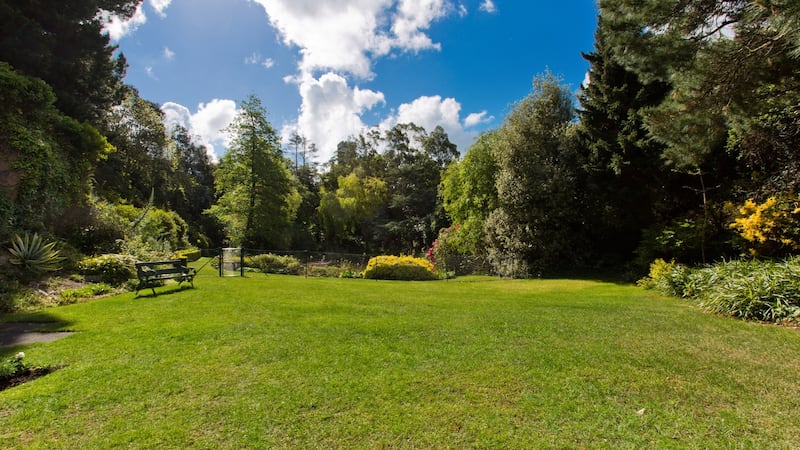
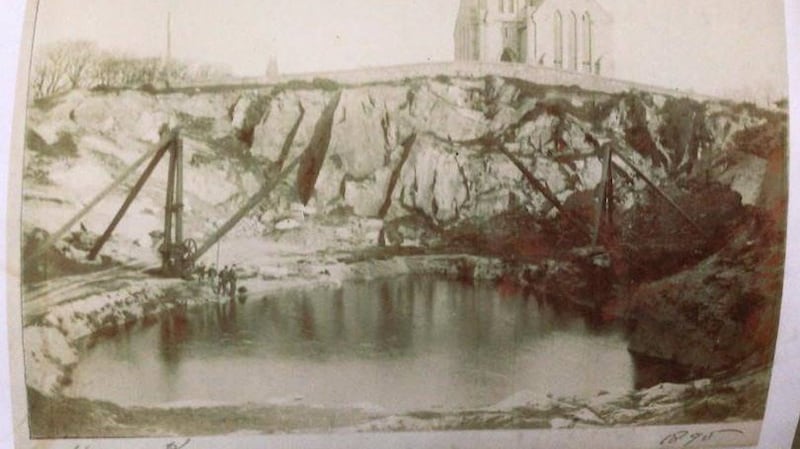
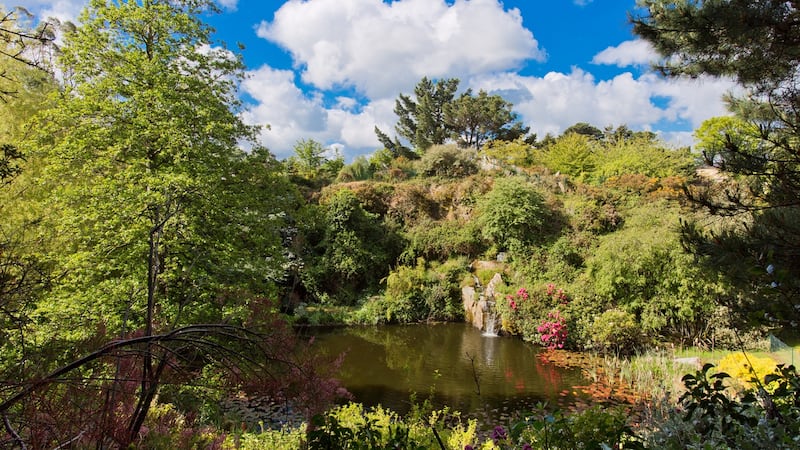
It’s a house with a simple layout, “a flat-roofed box that was renovated in the 1970s,” says Ó Brádaigh’s daughter, Bríd. It has an L-shaped living-dining room and a breakfast room at the back of the house with floor-to-ceiling windows overlooking the gardens. There’s a modest kitchen at the front of the house, a sunroom at the back and a downstairs toilet.Upstairs are six bedrooms, four doubles and two singles, three overlooking the garden, and balconies at the front and back of the house. The BER is F.
Growing up there was"absolutely magic" for Bríd and her siblings. It was a lifetime's work for her father, along with Myles Smith, a gardener who worked there once a week for more than 30 years. "The key to it is that it's a lovely wildlife garden, a Robinsonian garden that's as natural as possible," says Smith. The man-made pool – "it's between a pond and a lake" – with the waterfall installed by Ó Brádaigh, has water lilies, attracts dragonflies and mayflies and was once stocked with trout. "The garden also attracts herons, foxes, badgers and the occasional peregrine falcon."
A low green wire fence, installed to protect young children, divides the lawn from the pool and the wilder part of the garden. Trees include Douglas and Monterey firs, a willow, eucalyptus and blue cedar; flowers include roses and “spectacular agaves – Seán collected them in the Canaries; he was a great seeds man,” says Smith. Steep steps at the side of the garden lead up to a pine-carpeted path below tall trees by the stone wall that borders the property.
From here, you look down on a house neighbouring Inis Thoir that was built on its former tennis court, and on the the tarmacked front of the house, where there’s room to park up to six cars. Inis Thoir lies at the end of a narrow road marked “Private road – Cul-de-sac” at the right of Harbour Road, shortly after Bulloch Harbour.





